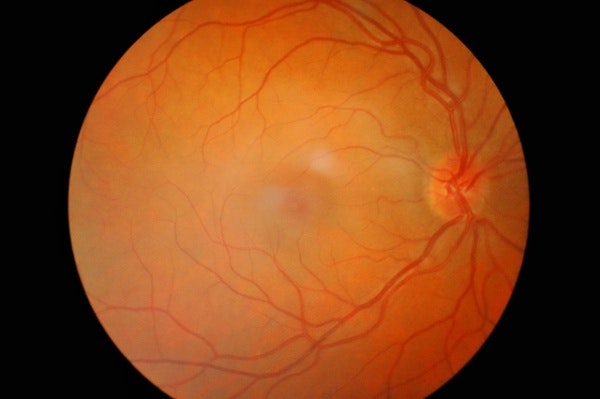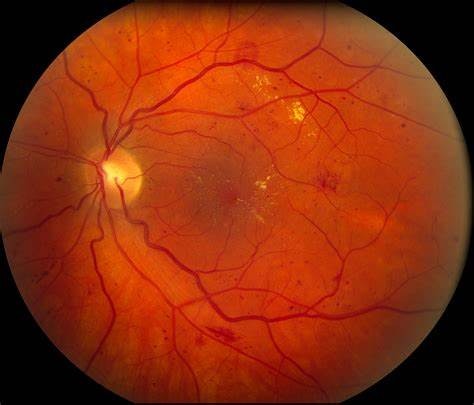
What is Eye Diabetic Retinopathy?
The Diabetic Retinopathy Detector is a 97.5% accurate model for predicting diabetic retinopathy severity from retinal images, accessible via a public API for healthcare and research use.
Problem
Current solutions for detecting diabetic retinopathy often rely on manual analysis by healthcare professionals, which is time-consuming and may not always be consistent.
Many healthcare facilities lack advanced tools for accurate detection of retinopathy severity, leading to potential misdiagnosis or delays.
Time-consuming manual analysis by healthcare professionals
Solution
An API that predicts diabetic retinopathy severity from retinal images with 97.5% accuracy, integrating easily into healthcare and research systems.
predicts diabetic retinopathy severity from retinal images with 97.5% accuracy
Customers
Healthcare professionals, researchers, and clinics focused on improving diagnosis and treatment for diabetic patients.
Primarily aged 30-60, working in environments where efficient and accurate diagnostic tools are crucial.
Unique Features
High accuracy rate of 97.5% for predicting retinopathy severity.
Accessible via a public API, enabling integration with existing healthcare systems.
Facilitates research by providing reliable prediction data.
User Comments
High accuracy and easy integration are appreciated.
Valued as a reliable tool for healthcare diagnostics.
The API is straightforward and improves workflow in clinics.
Some suggest more extensive documentation for smoother integration.
Users highlight potential for reducing the burden on specialists.
Traction
Newly launched with a focus on expanding across clinics and research institutions.
No explicit information on user numbers or revenue available.
Market Size
The global diabetic retinopathy market size was valued at $7.1 billion in 2019 and is projected to reach $10.8 billion by 2027, growing at a CAGR of 5.3%.


